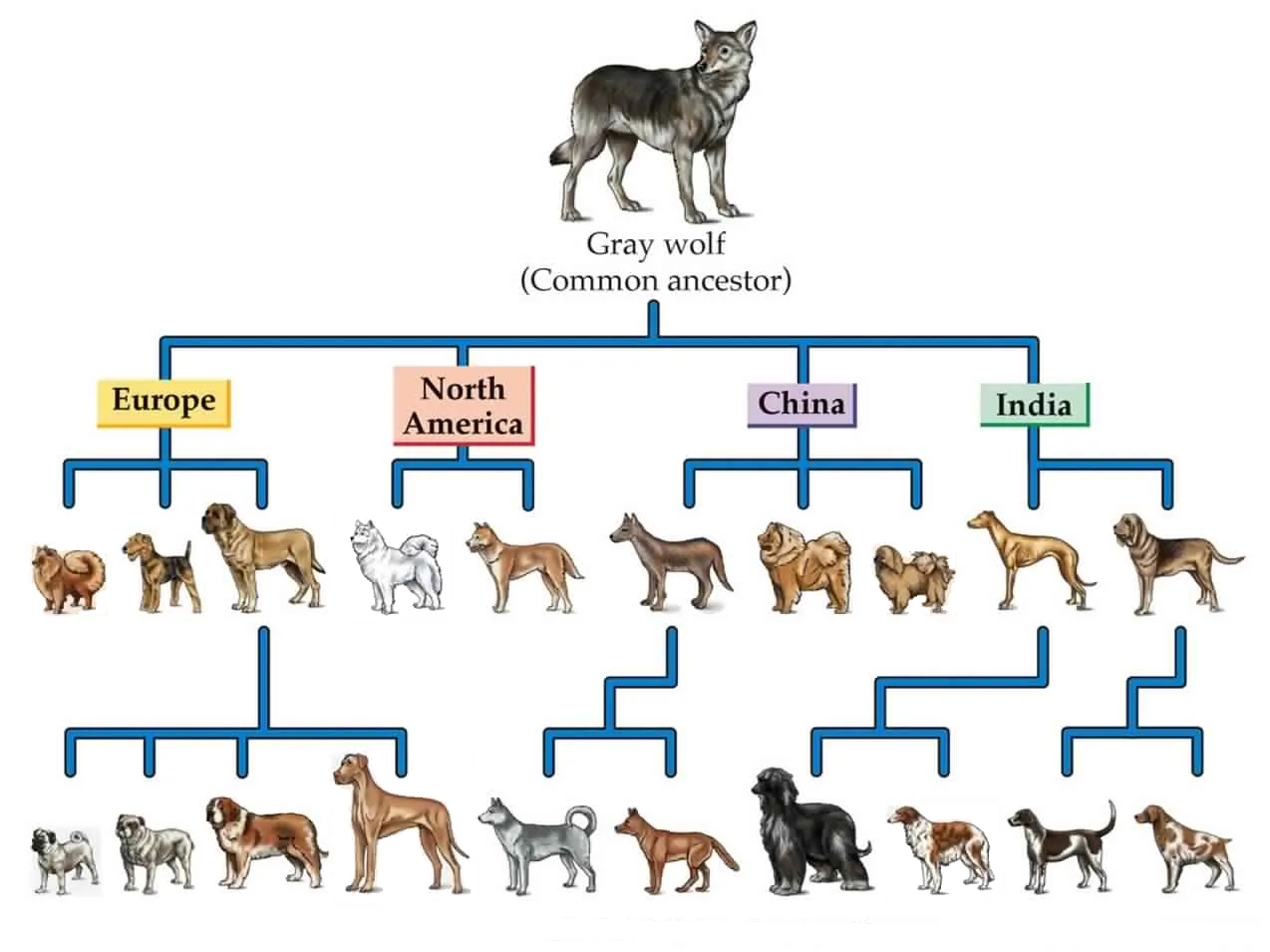Breed Origins and Evolution: A Deep Dive into the History of Popular Dog Breeds
Embark on a journey through time as we explore the origins and evolution of popular dog breeds. Unravel the intriguing stories of how dogs have been shaped by human history, culture, and purpose.

Our bond with dogs dates back thousands of years. However, the variety of breeds we know and love today is a relatively modern phenomenon, shaped by specific human needs and aesthetic preferences. This article delves into the history and evolution of some of the most popular dog breeds and how they've been influenced by culture, function, and fashion.
Labrador Retriever: The Fisherman's Friend
The Labrador Retriever, America's favorite dog breed, hails from Newfoundland, Canada. In the 16th century, these dogs were bred by fishermen to jump into icy water and pull in nets filled with fish—a task they were well-suited for due to their strength, endurance, and water-resistant coats.
Labradors were later brought to England in the 1800s, where their excellent retrieving abilities were honed for game hunting. Today, Labradors are renowned for their versatility, serving as guide dogs, search and rescue dogs, and therapy dogs, in addition to being beloved family pets.
German Shepherd: The Jack of All Trades
The German Shepherd's history starts with a 19th-century German cavalry officer, Captain Max von Stephanitz, who sought to create the ideal herding dog. Using various farm dogs, von Stephanitz developed the German Shepherd, a breed characterized by intelligence, strength, and versatility.
With the decline of herding in the 20th century, German Shepherds found new roles in the military, police work, and guide work. Rin Tin Tin, a German Shepherd rescued from a WWI battlefield, became a Hollywood star, solidifying the breed's popularity in the U.S.
Dachshund: The Fearless Burrower
The Dachshund, known for its short legs and elongated body, was bred in Germany for hunting badgers. Its unique shape allowed it to dig into narrow burrows and take on animals much larger than itself—a testament to its fearlessness.
Over time, the Dachshund has evolved into two size varieties: standard and miniature. While the standard Dachshund continues to be a capable hunter, the miniature Dachshund has become a popular pet known for its playful and tenacious temperament.
Pug: A Companion of Royalty
The Pug, originating in China around 2000 years ago, was a favorite among Chinese emperors. Prized for their flat faces and wrinkles, which were often interpreted as symbols in Chinese character script, Pugs lived lives of luxury in the royal courts.
Brought to Europe in the 16th century, the Pug continued its association with royalty, most notably becoming the official dog of the House of Orange in the Netherlands. Today, the Pug is beloved worldwide for its charming, sociable nature.
Shih Tzu: The Little Lion
The Shih Tzu, another breed with roots in China, was developed within the walls of the Imperial Palace. Its name, which translates to "lion," and its distinctively luxurious coat, echo its association with the lion in Buddhist mythology.
After nearly going extinct during the Chinese Revolution, the Shih Tzu made its way to the West, where it quickly gained popularity. Despite being bred purely for companionship, the Shih Tzu's lively and friendly demeanor has won hearts worldwide.
The Impact of Modern Breeding Practices
As we've seen, many dog breeds were originally developed to perform specific tasks. However, with the advent of dog shows in the 19th century, aesthetics started to play a larger role in dog breeding, sometimes to the detriment of the dog's health.
For instance, the English Bulldog and the Pug have been bred to have increasingly flat faces, leading to Brachycephalic Syndrome, which can cause breathing difficulties. Dachshunds' long backs predispose them to intervertebral disc disease.
Even the German Shepherd hasn't escaped the effects of modern breeding. Originally bred with a more straight-backed profile for efficient movement, some lines now have an exaggerated slope to their backs, which can lead to hip issues.
These examples underline the importance of ethical breeding practices that prioritize health over aesthetics, ensuring our beloved breeds can lead happy, healthy lives.
In conclusion, the origins and evolution of dog breeds offer a fascinating lens into human history and culture. Each breed carries a rich tapestry of stories, reflecting our diverse needs and preferences over time. As we look to the future, may we continue to honor this diversity, while prioritizing the wellbeing of our four-legged companions.


